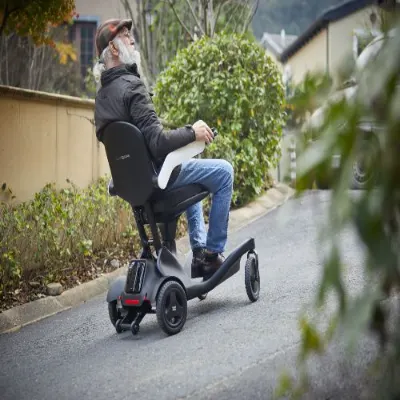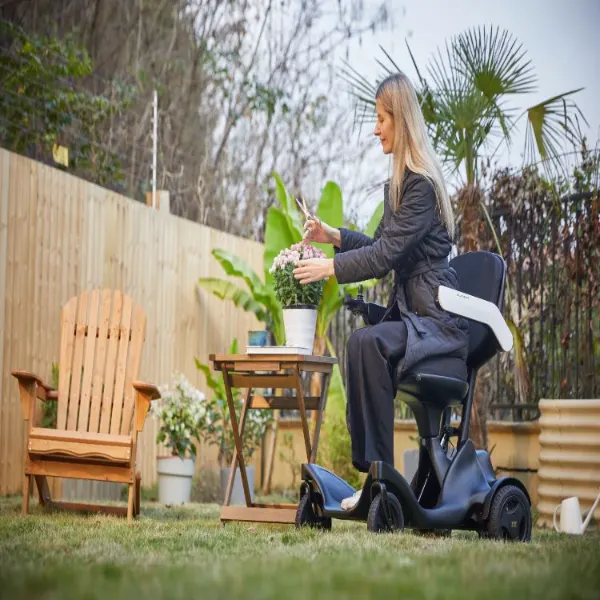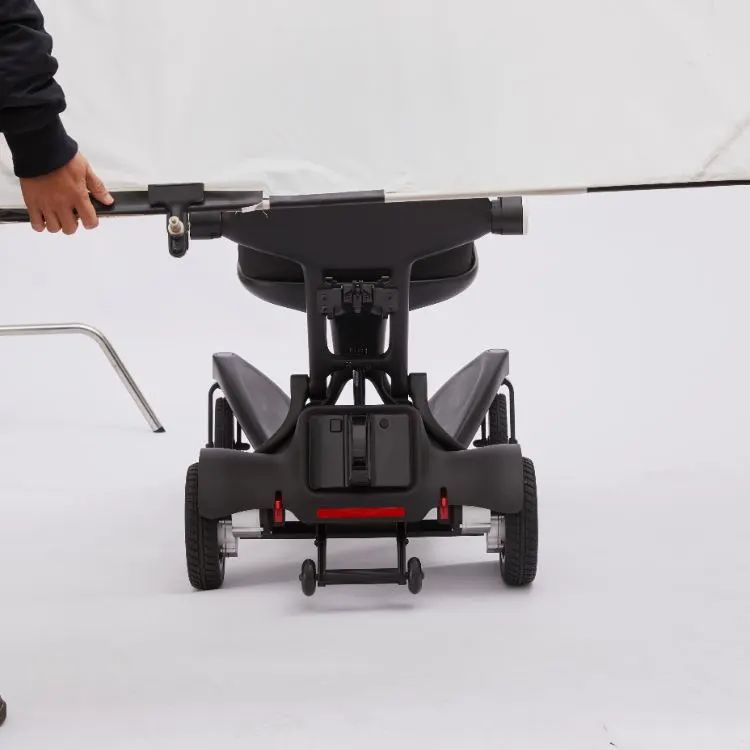
How Electrochemical Innovations Are Powering Our Future
Introduction: The Battery Material Imperative
As we stand at the precipice of an energy revolution, battery materials have emerged as the unsung heroes of technological progress. From smartphones to electric vehicles (EVs) and grid-scale energy storage, the performance metrics of every modern battery—energy density, cycle life, safety, and cost—are fundamentally dictated by their material composition. This deep dive explores seven decades of material science breakthroughs that transformed batteries from bulky lead-acid behemoths to today’s lithium-ion dominators and tomorrow’s quantum material contenders.
Section 1: The Historical Foundation (1950s-1980s)
1.1 Lead-Acid: The Reliable Workhorse
Invented in 1859 by Gaston Planté, lead-acid batteries dominated the 20th century due to their:
- Robust construction (lead dioxide cathode, sponge lead anode, sulfuric acid electrolyte)
- 300-500 cycle life at 50% depth of discharge
- Recyclability rate exceeding 99% in modern facilities
Key Limitation: 30-40 Wh/kg energy density (vs. 250+ Wh/kg in modern Li-ion) made them impractical for portable electronics.
1.2 Nickel-Cadmium (NiCd): The First Rechargeable Revolution
Introduced in 1899 but commercialized in the 1950s, NiCd batteries offered:
- 50-80 Wh/kg energy density
- 1,000+ charge cycles
- Excellent low-temperature performance (-20°C)
Environmental Impact: Cadmium’s toxicity led to EU RoHS restrictions in 2003, creating demand for alternatives.
Section 2: The Lithium-Ion Era (1990s-Present)
2.1 The Nobel-Winning Breakthrough
Stanley Whittingham (Exxon), John Goodenough (Oxford), and Akira Yoshino (Asahi Kasei) developed:
- 1980: LiCoO₂ cathode (Goodenough)
- 1985: Carbon anode (Yoshino)
- 1991: Sony’s first commercial Li-ion battery
Material Advantages:
- 150-250 Wh/kg energy density
- 3.6V nominal voltage (3x NiMH)
- Minimal memory effect
2.2 Cathode Material Evolution
GenerationMaterialEnergy DensityStabilityCost1stLiCoO₂ (LCO)160 Wh/kgModerateHigh2ndLiMn₂O₄ (LMO)120 Wh/kgHighMedium3rdLiFePO₄ (LFP)150 Wh/kgVery HighLow4thNMC (LiNiMnCoO₂)220 Wh/kgModerateMedium5thNCMA (Ni-rich)280 Wh/kgDevelopingHigh
Innovation Spotlight:
- Single-crystal NMC811: 8:1:1 Ni:Mn:Co ratio increases nickel content for higher capacity while using manganese/cobalt for stability.
- Olivine-structured LFP: Extremely thermal stable (doesn’t decompose until 270°C vs. 180°C for NMC), making it ideal for EVs like Tesla Model 3 RWD.
2.3 Anode Innovations
- Graphite Dominance: 372 mAh/g theoretical capacity, but limited by lithium plating risks at fast charge.
- Silicon-Composite Anodes:
- Silicon offers 4,200 mAh/g capacity (10x graphite)
- Current commercial blends: 5-10% Si (e.g., Tesla’s 4680 cells)
- Challenges: 300% volume expansion causes electrode cracking
- Lithium Metal Anodes:
- Theoretical capacity: 3,860 mAh/g
- Solid-state electrolytes may enable practical use by preventing dendrites
Section 3: Cutting-Edge Material Frontiers (2020s+)
3.1 Solid-State Batteries
Material Systems:
- Sulfide-based (Toyota): Li₁₀GeP₂S₁₂ (LGPS) with 25 mS/cm ionic conductivity
- Oxide-based (QuantumScape): Li₇La₃Zr₂O₁₂ (LLZO) with 0.1 mS/cm but excellent stability
- Polymer-based (Blue Solutions): PEO-based electrolytes flexible but low conductivity at room temp
Commercial Progress:
- Toyota plans 2027 launch with 900+ Wh/L batteries
- Solid Power produces 20Ah sulfide-based cells for BMW testing
3.2 Sodium-Ion Batteries
Advantages Over Li-ion:
- Abundant sodium (2.3% Earth’s crust vs. 0.002% lithium)
- Can use aluminum current collectors instead of copper
- Better low-temperature performance
Leading Chemistries:
- Cathode: Prussian blue analogs (170 mAh/g) or layered oxides (NaₓMO₂)
- Anode: Hard carbon (300 mAh/g)
Commercialization:
- CATL’s 2023 Na-ion battery: 160 Wh/kg, 80% charge in 15 minutes
3.3 Beyond Lithium: Multivalent Batteries
- Magnesium Batteries:
- Mg²+ carries 2 electrons (vs. Li+’s 1)
- No dendrite formation
- Toyota Research Institute achieved 400+ cycles with Mg(TFSI)₂ electrolyte
- Zinc-Air Batteries:
- Theoretical energy density: 1,350 Wh/kg
- NantEnergy’s systems already deployed in African telecom towers
Section 4: Sustainable Material Solutions
4.1 Recycling Technologies
- Hydrometallurgy (Li-Cycle): 95% material recovery using acid leaching
- Direct Recycling (ReCell Center): Cathode material refurbishment retains crystal structure
4.2 Cobalt-Free Cathodes
- LFP Adoption: Cobalt-free chemistry now in 40% of global EV batteries
- High-Nickel NCA: Tesla’s 4680 cells use <5% cobalt vs. 20% in early NMC
4.3 Biomaterial Innovations
- Lignin-derived Hard Carbon: Stora Enso’s anode material from forestry byproducts
- Algae-based Binders: Replacing PVDF with bio-polymers reduces solvent use
Section 5: The Quantum Future (2030+ Horizon)
5.1 Lithium-Sulfur Batteries
- Theoretical Energy Density: 2,600 Wh/kg
- Current Challenges: Polysulfide shuttle effect limits cycles to ~200
- Solutions:
- MOF-based separators (e.g., ZIF-8)
- Sulfur-graphene composites
5.2 Graphene Batteries
- Sila Nanotechnologies: Silicon-graphene anodes in Whoop 4.0 wearables
- Nanotech Enhancements: 3D graphene scaffolds increase electrode conductivity
5.3 Nuclear Batteries
- Betavoltaics: City Labs’ NanoTritium batteries (20+ year lifespan)
- Diamond NV Centers: Harvesting energy from radioactive decay
Conclusion: Materials as the Performance Lever
Every 10% improvement in cathode capacity or anode stability cascades into transformative system-level gains. As computational materials science accelerates discovery (Google’s GNoME AI recently predicted 2.2 million new stable materials), the next decade will likely deliver batteries with:
- 500+ Wh/kg energy density
- 10-minute full charges
- 50-year lifespans
The materials we choose today—whether sustainably sourced lithium or bio-derived carbons—will determine how quickly we can phase out fossil fuels and electrify our world.






